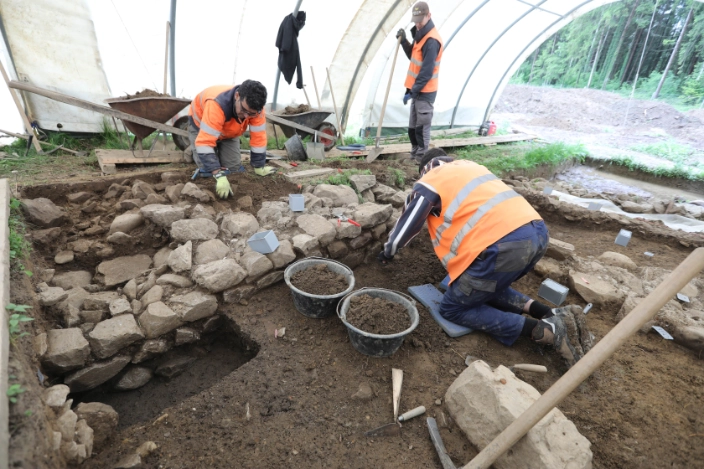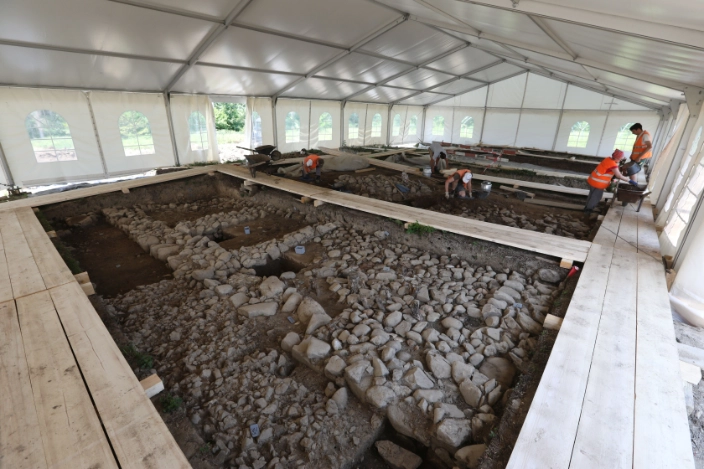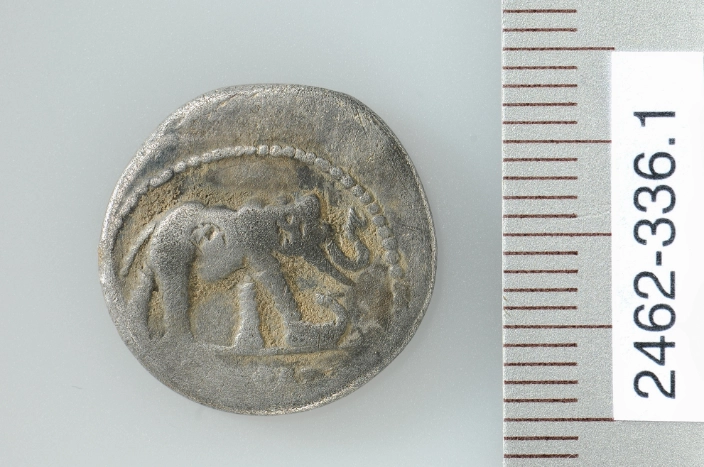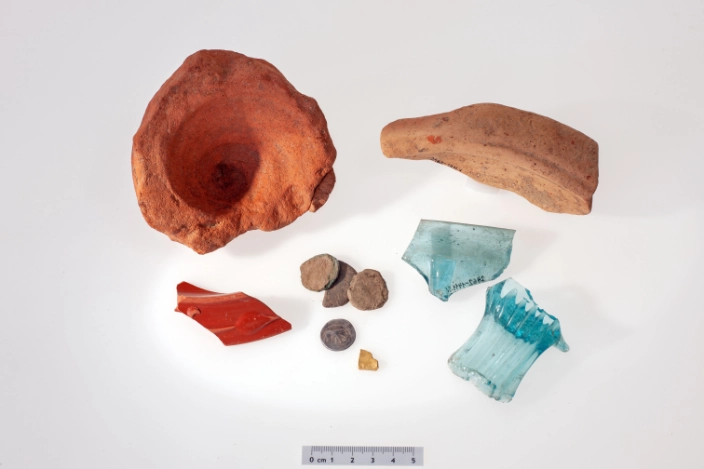Roman Ruins Discovered in Zug
In a sensational archaeological discovery, Roman ruins have been unearthed in the picturesque city of Zug, Switzerland. This remarkable find has shed new light on the ancient history of the region and has captured the attention of historians and archaeologists worldwide. The discovery provides invaluable insights into the Roman influence on Zug and offers a glimpse into the daily life of its inhabitants over two millennia ago.

Location and Background of Zug’s Roman Ruins
Located in central Switzerland, Zug is a city with a rich historical heritage. It was known as “Civitas Eburodunum” during the Roman era, and archaeological evidence suggests that it was an important Roman settlement. The recently discovered ruins are believed to date back to the 1st century AD, making them of significant historical importance.
Uncovering the Ancient History of Zug
The excavation project aimed to unravel the mysteries of Zug’s ancient past. Led by a team of experienced archaeologists, the project involved meticulous digging and careful documentation of every finding. The objective was to gain a comprehensive understanding of how the Romans lived in Zug and how their presence shaped the region’s development.

Archaeological Excavations in Zug: Methodology and Findings
The excavation team employed a combination of manual excavation techniques and modern technologies to uncover the Roman ruins. They meticulously removed layers of earth, unearthing architectural remains, pottery, and other artifacts. The findings provide valuable insights into the layout of the settlement, the construction techniques used, and the everyday life of its residents.
Significance of the Roman Ruins in Zug
The discovery of Roman ruins in Zug holds immense significance for the understanding of the city’s history. It confirms Zug’s status as an important Roman settlement and reveals the extent of the Roman Empire’s reach. The ruins serve as a tangible link to the past, offering a glimpse into the cultural, social, and economic aspects of life in ancient Zug.

Architecture and Design of the Unearthed Roman Structures
The architecture and design of the Roman structures found in Zug showcase the ingenuity and advanced engineering skills of the ancient Romans. The remains of buildings suggest a well-planned settlement with streets, houses, and public spaces. The precision and craftsmanship of the construction provide evidence of the Romans’ architectural prowess.
Insights into Everyday Life in Roman Zug
By studying the unearthed ruins, archaeologists have gained valuable insights into the daily lives of the Roman inhabitants of Zug. From the layout of the buildings to the artifacts discovered, it is possible to infer their social structure, economic activities, and even their religious beliefs. This archaeological discovery paints a vivid picture of a thriving Roman community in Zug.
Artifacts Found: Unearthing Clues to the Past
The excavation in Zug has yielded a treasure trove of artifacts that offer a fascinating glimpse into the lives of the ancient Romans. Pottery fragments, coins, jewelry, and tools have been discovered, providing important clues about the trade, craftsmanship, and cultural practices of the time. These artifacts are invaluable in reconstructing the historical narrative of Zug.

Roman Influence on Zug’s Modern Culture
The discovery of the Roman ruins has had a significant impact on Zug’s modern culture. The city has embraced its Roman heritage, organizing exhibitions and educational programs to raise awareness among its residents and visitors. Zug has incorporated elements of Roman architecture and design in its urban planning, paying homage to its ancient roots.
Preservation Efforts: Protecting Zug’s Roman Heritage
Recognizing the importance of preserving Zug’s Roman heritage, significant efforts have been made to protect the newly discovered ruins. Preservation measures, such as covering the ruins with protective layers, and implementing strict regulations on construction and development in the surrounding area, have been put in place to ensure the long-term conservation of Zug’s historical legacy.

Potential Implications for Zug’s Tourism Industry
The discovery of the Roman ruins in Zug holds immense potential for the city’s tourism industry. With its newfound historical significance, Zug can attract history enthusiasts and tourists from around the world. The ruins can serve as a major tourist attraction, supporting the local economy and promoting cultural exchange.
Future Research and Exploration: What’s Next for Zug’s Roman Ruins?
The discovery of the Roman ruins in Zug is just the beginning of a long journey of exploration and research. Archaeologists and historians are eager to delve deeper into the history of the settlement and uncover more hidden treasures. Future excavations and research will undoubtedly shed further light on Zug’s Roman past, enriching our understanding of the ancient world.
The unearthing of Roman ruins in Zug has provided a captivating glimpse into the region’s ancient history. This remarkable find has not only revealed the architectural grandeur of the Roman settlement but has also shed light on the daily lives of its inhabitants. Through careful preservation and ongoing research, Zug’s Roman heritage will continue to be celebrated, ensuring that this sensational archaeological discovery remains a lasting testament to the city’s rich past.

